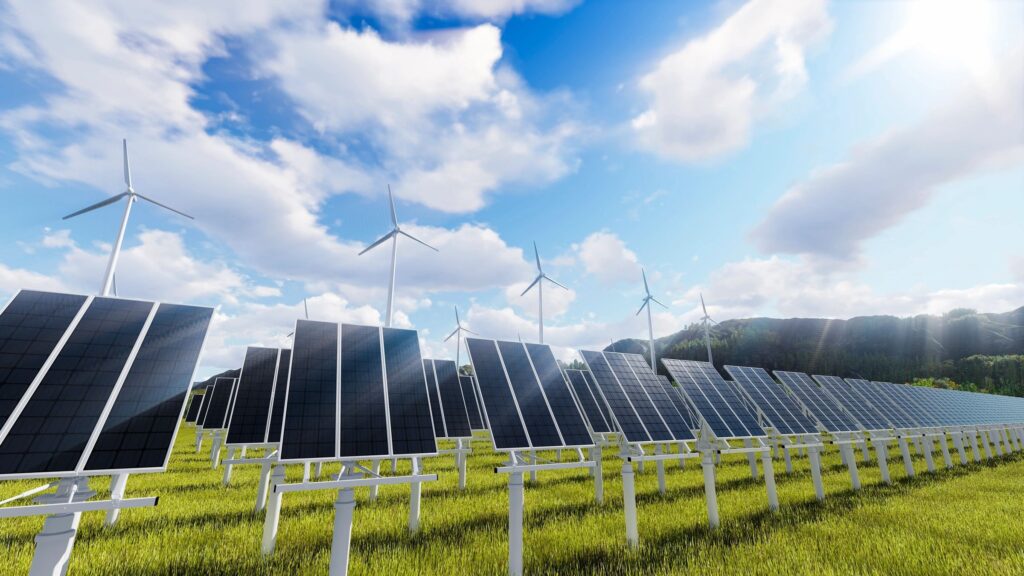Law Adds Hurdles to New Solar and Wind Farms


Law Adds Hurdles to New Solar and Wind Farms
COLUMBUS, Ohio — Amid a surge in large-scale solar energy developments across the state, Ohioans now have more influence over what, if any, land in their communities will be used for wind or solar farms.
A new state law (Senate Bill 52) that went into effect Oct. 11, allows county governments to designate restricted areas where utility-scale solar or wind facilities cannot be located. County residents now will have advance notice, a public hearing, and a right to reject any proposed solar or wind development. And county and township officials will be represented on the board, reviewing any utility-scale energy projects.
“There’s a lot of change going on in the rural landscape of Ohio because of the interest in renewable energy development. And yet many weren’t prepared for those changes,” said Peggy Hall, agricultural and resource law specialist for The Ohio State University College of Food, Agricultural, and Environmental Sciences (CFAES).
“This bill attempts to address those changes and increase local awareness and involvement in the development of renewable energy.”
At the same time, the law also could make it more difficult for people interested in leasing their land to an energy company for a solar or wind farm.
“We have a division occurring across Ohio: Those who stand to benefit financially from a lease that would allow for solar and wind development on their land and those who don’t want it—at least not in their area,” Hall said. “That creates friction.”
Hall and Eric Romich, statewide energy specialist for CFAES, created videos and several articles explaining the new law and offering guidance on lease agreements with utility companies.
In Ohio, the majority of solar and wind farms are in the western part of the state, particularly in southwestern Ohio.
The state is one of the more appealing spots for developers of solar farms because Ohio is nearby renewable energy transmission facilities, the state has enough sunny days, and “we have a lot of good, flat land to locate these developments,” Hall said.
No large-scale solar facilities can be built in the state unless they’re approved by the Ohio Power Siting Board. The board is primarily made up of top officials from various state agencies, but the new law now adds two representatives from county and township governments.
As of September 2021, 44 solar project applications were awaiting the Ohio Power Siting Board’s approval. Combined, the 44 utility-scale solar projects represent over 75,000 acres of development that would convert what is primarily agricultural land to land that will house collections of solar panels to generate electricity.
“There are a few concerns I hear over and over again: Will it cause drainage problems for surrounding landowners? Will it increase competition for land? Will it forever change the landscape?” Hall said. “We just don’t have clear answers right now because it’s so new.”
Before 2018, most solar projects in Ohio were small—for homes, farms, and businesses. But growth has been spurred by the drop in the cost of solar panels since 2010 and the availability of government tax incentives that encourage the investment. Farmers across Ohio are being approached to lease large tracks of ground for solar development. The income can be appealing on the agreements that range from 25 to 50 years.
At the end of the leases, the developer is now required under the law to remove all equipment placed on the land and return the land back to the condition it was in at the start of the lease. Previously, those terms were negotiated within lease agreements.
Some who rent farmland worry that solar and wind farms will make less land available for farming and drive up the cost of rent.
“It’s disheartening to see how it has divided communities, even the farm community,” Hall said. “It’s just a difficult issue.”









